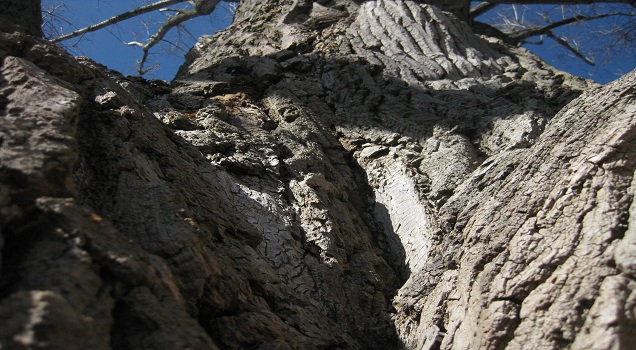
Functions of the forest
Heidelberg’s city forest is the largest single area of non-intensively used land (or ‘near-natural habitat’) in the region. Its great ecological value is reflected in the fact that some 15 percent (473 hectares) of its area has been designated as ‘forest biotope’.
| Forest biotopes grouped into ‘key biotopes’ | Share of total number of biotopes |
|---|---|
| Discrete natural features | 35 percent |
| Rivers/standing bodies of water/bogs and wetlands | 24 percent |
| Richly-textured forest/remains of historical cultivation/management activities | 21 percent |
| Rare, near-natural forest community | 8 percent |
| Other key biotope types (forest containing flora and fauna requiring particular protection; dry biotopes; forest fringes; succession zones) | 12 percent |





